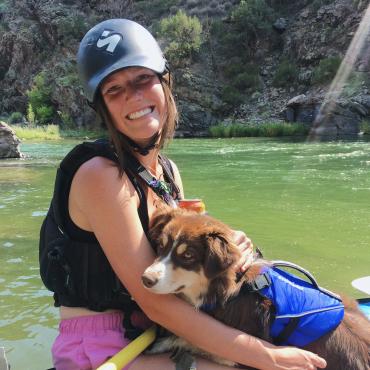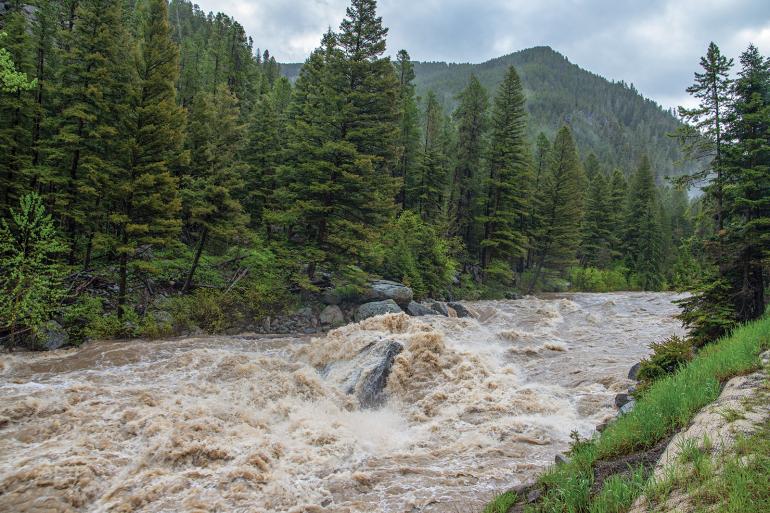Risk & Reward
River-safety essentials.
“The river has taught me to listen; you will learn from it, too.” —Herman Hesse
Navigating whitewater, whether in a raft, canoe, or kayak, can be a thrilling, rewarding experience. The adrenaline rush of crushing through a tower of whitewater and navigating an obstacle course of holes, rocks, and strainers is unlike any other—but the risks run as high as the rewards. When running whitewater, it’s important to be mindful of safety—for the sake of yourself and your fellow river-runners. Here’s a basic rundown.
Essential Gear
U.S. Coast Guard–approved PFD
Helmet (recommended for class III+)
Throw bag
Knife
Whistle (to call attention to yourself or swimmers in the water)
First-aid kit (including CPR mask)
Dos and Don’ts
DO: Know your limits.
DON’T: Run rapids alone or above the ability level of the group.
DO: Take the time to scout rapids.
DON’T: Read-and-run large rapids with no idea of what’s around the corner.
DO: Make a decision and stick with it. Point your boat where you want to go and commit.
DON’T: Half-commit to a line or rapid.
DO: Understand universal river-safety signals.
DON’T: Neglect to have a group safety talk at the put-in.
Risk Analysis
Running a river is a darn-tootin’ good time—until there’s an upside down, wrapped, or pinned watercraft and swimmers in the water. If you don’t feel confident in how to recover your craft in the river, then go with someone who does. Whitewater runs don’t always go to plan, and trial-by-fire can be dangerous or lethal in the whitewater setting. In fact, there are several deaths every year on Montana’s rivers. A vast majority of these fatalities happen on non-commercial outings, commonly due to flush drownings (i.e., being physically overwhelmed, as opposed to being pinned), or lack of a PFD. Know the risks, and be able to communicate your risk tolerance with the group.
Competence
The river is no place for overconfidence. But unfortunately, every boater will at some point feel a step beyond his or her ability level. Being aware of the four stages of competence can help you recognize your deficiencies on the water:
1.Unconscious Incompetence: The amateur boater is blissfully unaware of the risks and lacks the skills needed for safe river navigation.
2. Conscious Incompetence: As awareness grows, the boater realizes shortcomings and the technicalities and challenges of whitewater. Training and learning become essential.
3. Conscious Competence: With experience and training, the boater can navigate the river consciously, employing learned skills with focus and precision.
4. Unconscious Competence: Mastery is achieved when skills become second nature. The boater can navigate challenging waters almost instinctively.













